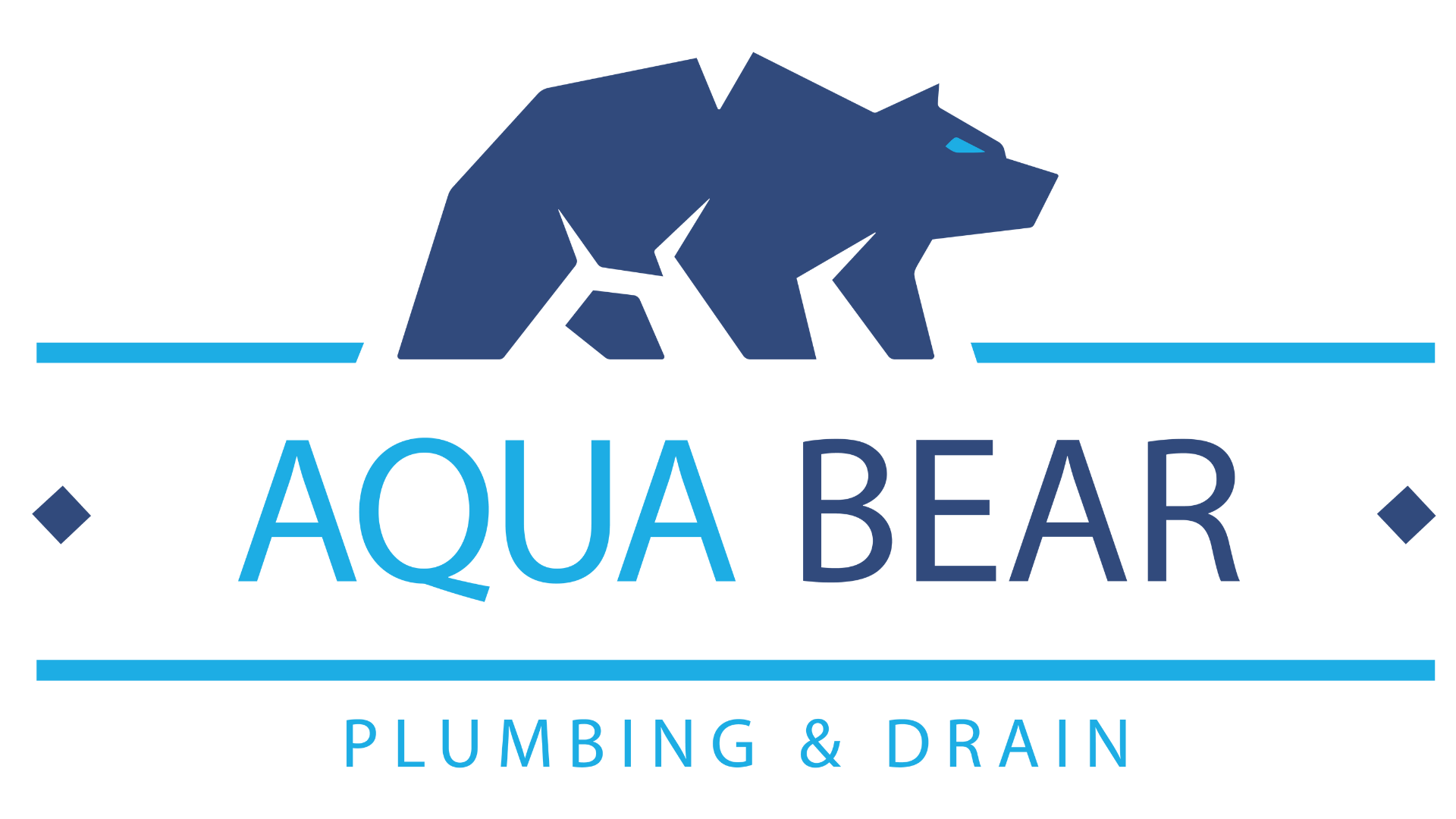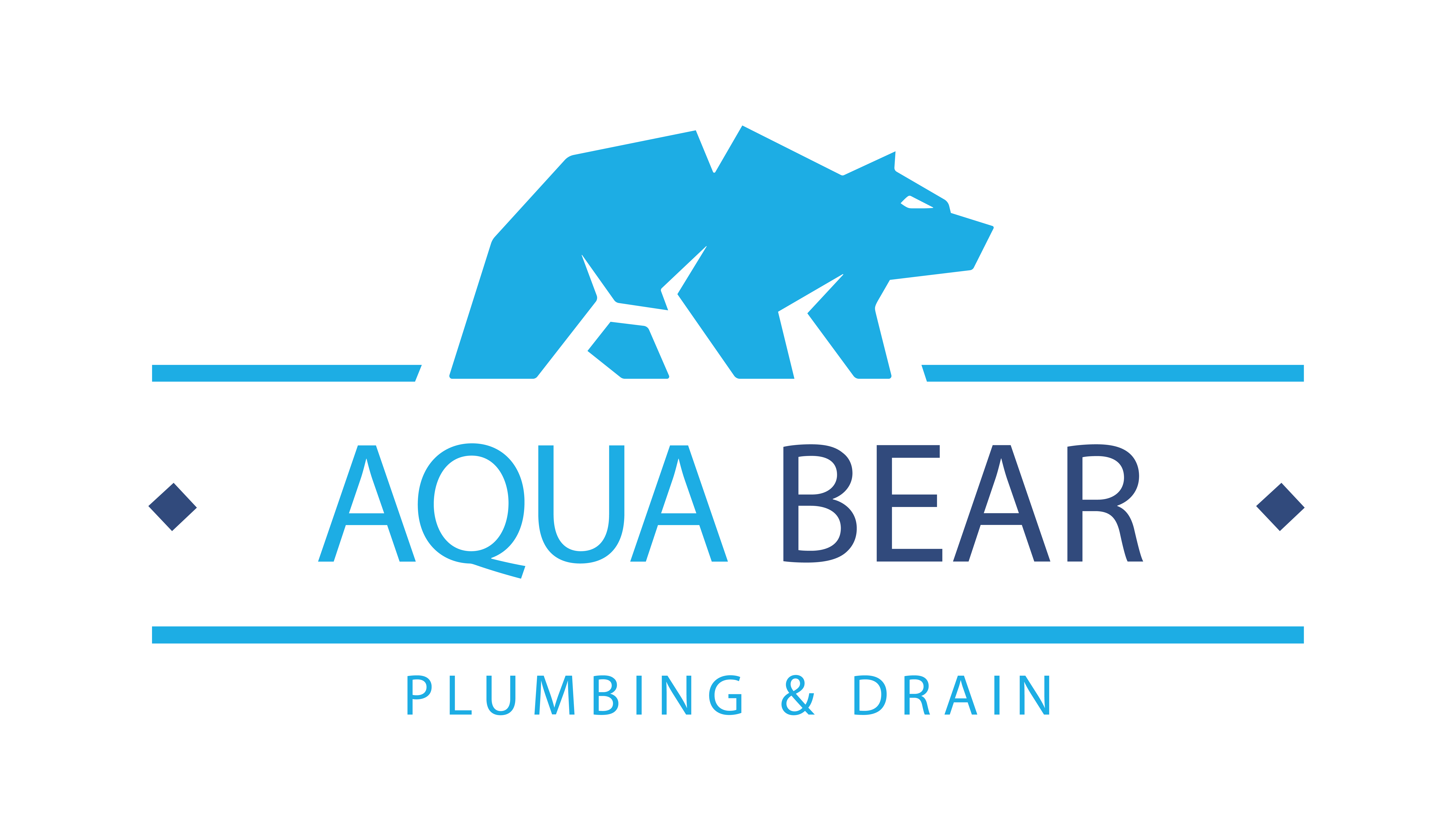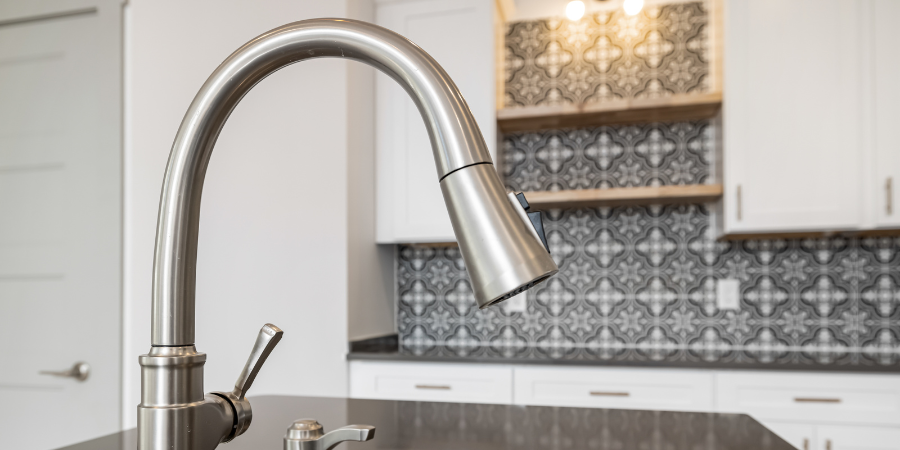Hidden behind your faucets are supply lines that carry both hot and cold water to your sinks, tubs, and showers. Faucets come in various types and sizes to meet the individual design needs of homeowners and the already-in-place plumbing within the home. The accompanying water supply lines typically deliver hot and cold water through a standard ½-inch service line but the sizing is contingent on the type of faucet you are using and the plumbing system already in operation.
In this article, we will examine the different types of water lines available and discuss their ease of installation, their durability, and other strengths and weaknesses associated with each type. Understanding the various options available will help when installing new fixtures or repiping water supply lines leading to faucets and allow you to make the choice that best fits your needs and your plumbing.
Copper
The most common water supply line is copper. They are readily available and relatively easy to install using brazing or press fittings to join. These pipes are mostly used as supply lines although they can be used for drain and vent lines as well. They can be manufactured as either rigid or soft copper piping and offer good resistance against corrosion and are very long-lasting. They can endure hot and cold temperatures and do not add contaminants to the water as some other pipes may be prone to do. Copper pipes are more costly than other options and do require specialized equipment and specific skills to install so are not the best for DIYers. The downside to copper pipes is their susceptibility to acidic water which can deteriorate the copper pipe and lead to pinhole leaks.
PEX Tubing
PEX tubing is a durable, long-lasting pipe made of cross-linked polyethylene. It can be twisted and turned as needed making for easy installation and does not require many joints thus lessening the chances of leaking. PEX tubing can withstand cold temperatures and temperatures up to 200° F for the hot water transfer making it a popular choice for water service lines leading to the faucets in your home. PEX pipe is color-coded using red lines to carry the hot water while cold lines are colored blue. Since they are relatively new to the market, PEX tubing does not have a long track record so many factors known about other supply lines are unavailable for PEX tubing.
PVC Flex Tubes
PVC (Polyvinyl Chloride) Flex tubes are a popular alternative to steel or copper piping as they will not corrode, rust, or degrade and are easy to install, maintain, and repair. PVC pipe comes in various types with varying diameters and temperature ratings making them flexible and adaptable. They are often used for drainage pipes but can also be used for water supply lines. The downside to PVC pipes is that they emit volatile organic compounds (VOCs) into the air so there are some health concerns related to them.
CPVC Pipe
CPVC pipe (Chlorinated Polyvinyl Chloride) is similar to PVC but has the added advantage of better performance at higher temperatures. It is superior to PVC in strength but because of the added chlorine to adjust its chemical makeup, it is more costly to purchase.
Galvanized Iron
This type of supply line was popular in the 1960s but has lost favor in current times as it is labor-intensive to install. Galvanized pipes require cutting and threading which takes time and as we all know, time is money!
Braided Stainless Steel
These pipes are popular for water supply lines as they are easy to install. They are constructed of a flexible stainless steel tube covered in plastic or metal making them extremely durable and unlikely to burst from general wear and tear..These come in a variety of sizes and lengths so their availability is outstanding making them a popular choice for hot and cold water supply lines.
Conclusion
When installing new fixtures with faucets there is a plethora of options from which to choose for possible water supply lines. Your plumber can guide you through the selection process but be certain to evaluate your choices by the ease of installation, and the durability of the product and educate yourself about the advantages and disadvantages of both. Water supply lines that are durable, corrosion resistant, and kind to the environment should be of the utmost concern when selecting the type of water supply lines running to your faucets!






